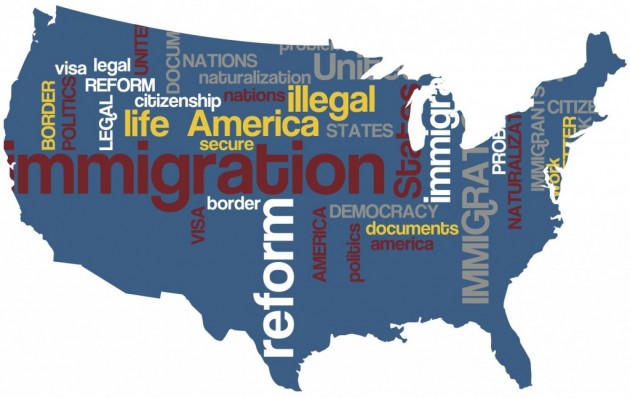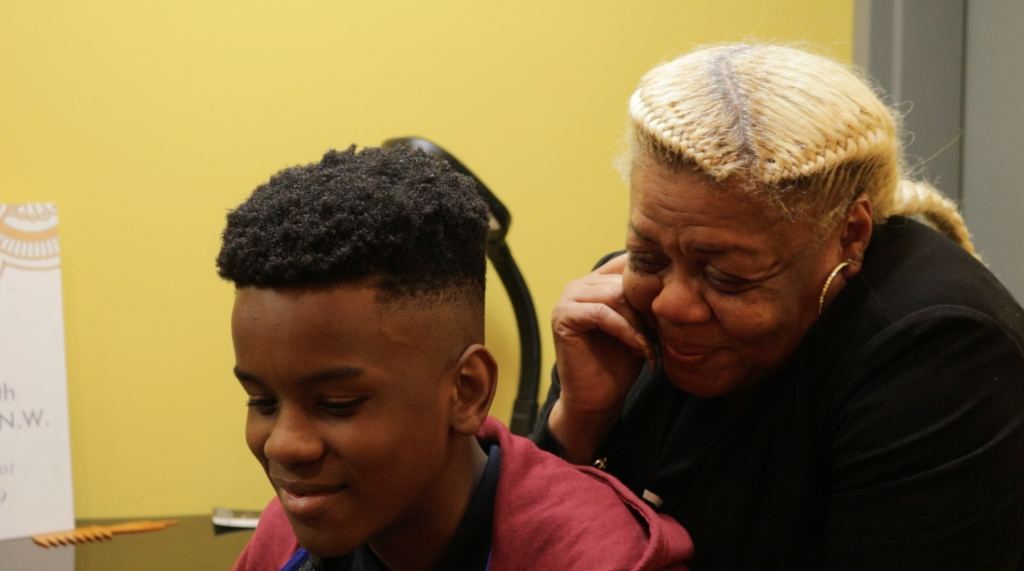Charter Schools Prevail Over Public Schools in the District
All over the city, thousands of children between the ages of two to 18 make their daily trek to school. Some will attend one of the District of Columbia Public Schools (DCPS) or one of the public charter schools. However, of the two school systems, only one is seeing an increase in enrollment.
According to the 2007-2008 Annual Public School Enrollment Audit Report — released April 2nd by the Office of the State Superintendent of Education (OSSE), of the estimated 70,000 children enrolled in school, 49,422 are enrolled in the DCPS and 21,947 are enrolled in the public charter school system.
In relation to last year’s report; where 55,355 students were audited as enrolled in DCPS and 19,733 in public charter schools, DCPS has seen a 10 percent decrease in their enrollment while public charter schools have seen a 10 percent increase.
Parents such as Rosalyn Esposa, mother of two, admits that she discontinued her children’s enrollment at one of the DCPS and transferred them into the charter school system.
Esposa explains her decision by saying, “I do have to pay a lot for their education, but knowing that my children are doing much better at their [charter] school, I’d pay a million.”
According to Policy, Research and Analysis Department of the OSSE, all public and public charter are required by law to have an evaluation of their fall student enrollment count each year.
This evaluation is conducted by the OSSE and Thompson, Cobb, Bazilio & Associates, P.C. Once those numbers are finalized, the school receives funding according to its audited student body. In a recent press release from the OSSE, State Superintendent of Education, Deborah A. Gist said, “The enrollment count continues to be an important tool that helps us determine the appropriate and adequate level of funding for all of our public schools. A greater level of accuracy in enrollment reporting will also be possible with the implementation of the District’s Statewide Longitudinal Education Data Warehouse (SLED).”As in previous years, the audit continued to see the same deficiencies, several of which would include: hundreds of students listed as ‘enrolled’ at more than one school, incomplete and inaccurate attendance records, noncompliance with residency verification procedure, and inefficient enrollment and residency verification procedures.
Northwest resident and single-parent Leslie Mitchell expressed sentiments that greatly differ from Esposa.
Being the single bread-winner of his household, Mitchell makes clear how he cannot afford to enroll his child in the charter school system, so he opts for DCPS.
“I believe Fenty will straighten out the public schools and improve the quality of education, so people will not have to make the hard choice of [either] paying for school or sacrificing the quality of education for their children,” explained Mitchell.
This trend of increased student enrollment in the charter school system is not unique to the District. However, states across the nation are seeing the same effect. According to the National Alliance for Public Charter Schools , numerous states have seen a 13 to 57 percent increase in their charter school enrollment. In Cleveland, Ohio, public charter schools have seen a 17 percent increase while in Detroit, Mich. has seen a 20 percent increase.
Esposa explained, “Me and my husband didn’t make our decision based on finances, but we wanted to better our children’s future.”



